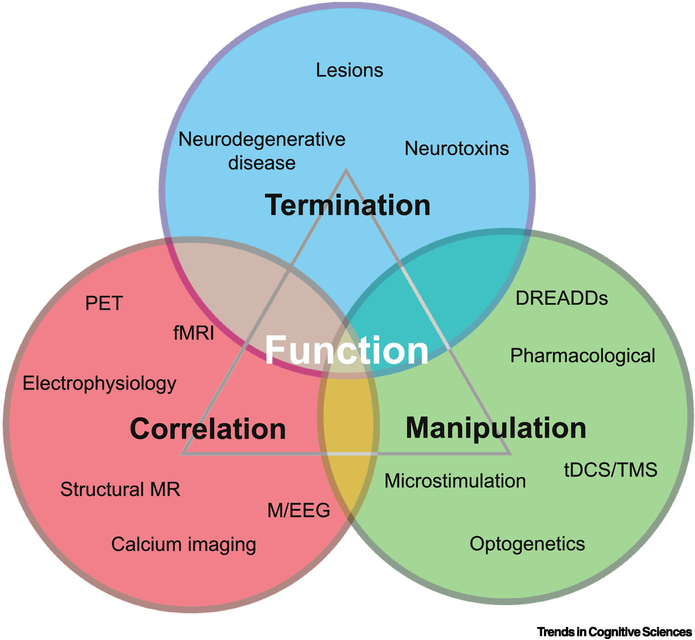Figure 3: Triangulation of neuroscientific approaches for studying brain function.
Popular neuroscientific methods are sorted by the type of information they provide about brain function. Termination methods involve irreversible changes in brain function through the destruction of some brain region or pathway (via a lesion), neurons with particular characteristics (via a neurotoxin such as MPTP), or vulnerable systems (in neurodegenerative diseases such as Huntington’s disease). Manipulation methods include perturbation techniques that reversibly change brain activity (e.g., optogenetics). Correlation methods include techniques for measuring brain activity and testing the association between this activity and different behaviors and task performance (e.g., task-related fMRI). Triangulating evidence from each of these methods can build a better understanding of brain functions. Abbreviations: DREADD, designer receptor exclusively activated by designer drugs; M/EEG, magnetoencephalography/electroencephalography; MPTP, 1-methyl-4-phenyl-1,2,3,6-tetrahydropyridine; (f)MRI, (functional) magnetic resonance imaging; PET, positron emission tomography; tDCS, transcranial direct current stimulation; TMS, transcranial magnetic stimulation.

